Let’s Make Squares Activity
This blog post contains Amazon affiliate links. As an Amazon Associate, I earn a small commission from qualifying purchases.
Let’s Make Squares is a cooperative groupwork activity that uses popsicle sticks and the simple act of making squares to teach important communication and cooperation skills. It’s a perfect first day/week of school activity!
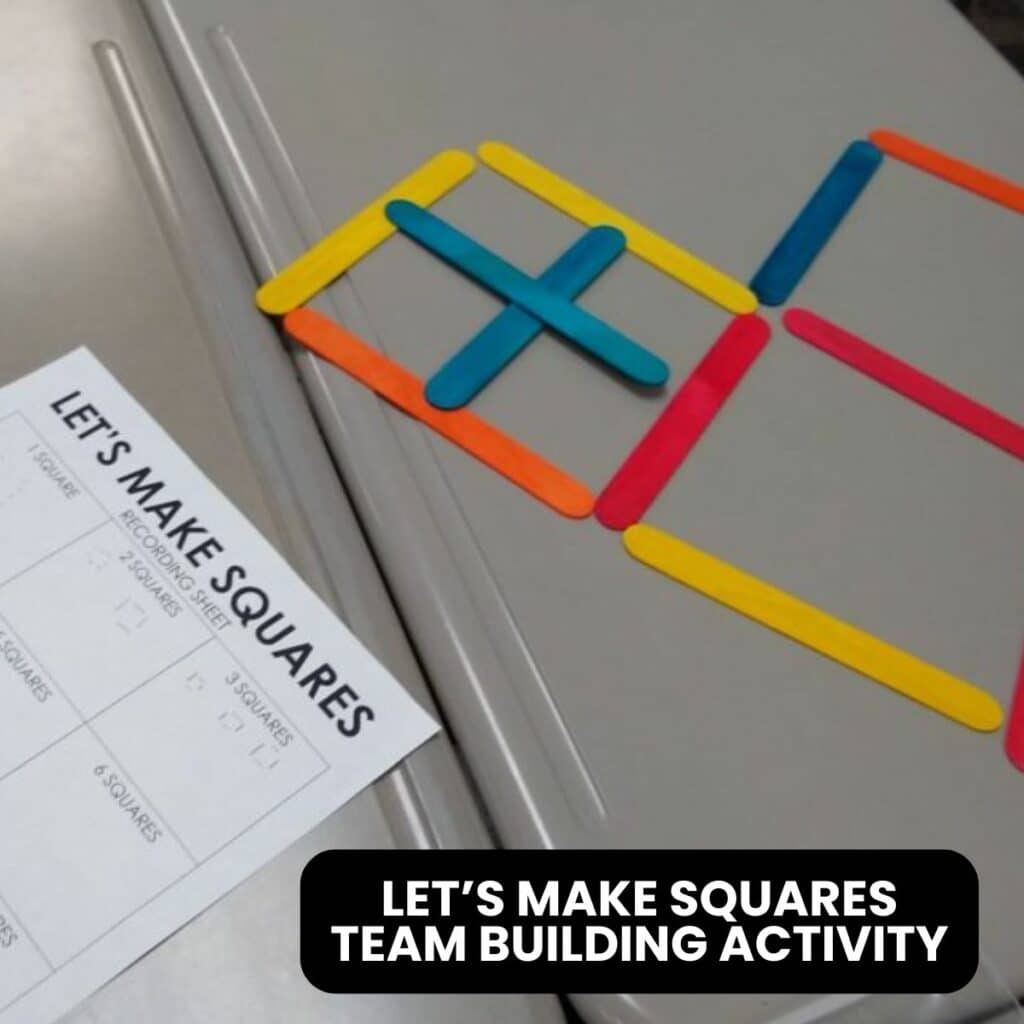
Looking for more first day of school activities and puzzles for your classroom? I have a giant blog post dedicated to 40+ activities for the first week of school.
Here’s a few examples of some of these engaging activities for the beginning of the school year.
Puzzle Source
Several years ago, I heard about the Let’s Make Squares activity from an OKMath Newsletter sent out by Christine Koerner. She recommended Let’s Make Squares as a great activity for the first week of school.
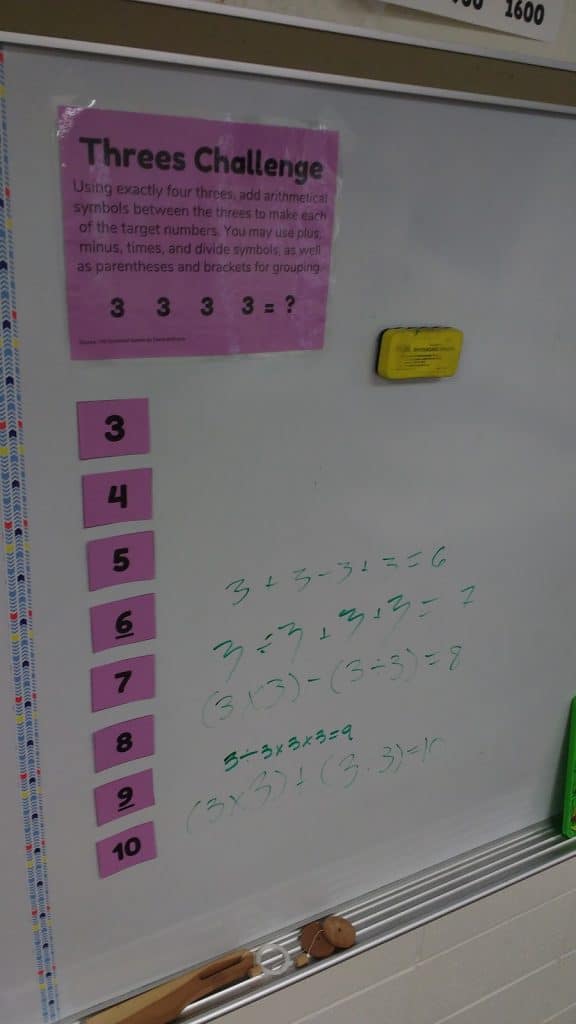
I had already decided that I was going to do the 2s to 9s Challenge as my first day of school activity, but I was intrigued by the square activity. I wrote a note in my Google Keep to investigate this activity, but I never did anything with it until the other day.
It turns out the Let’s Make Squares activity was from a book that I already had on my shelf – Cooperative Learning by Dr. Spencer Kagan. I actually have an older edition of the book (1994 edition).
Newer versions of the book appear to have more copy-friendly blackline masters. Since my edition didn’t, I decided to type up my own handouts and directions for students.
Activity Supplies
For the Let’s Make Squares Activity, students will need to be in groups of 4. Each group member needs three pieces (I used jumbo popsicle sticks) in a unique color from the rest of the group. If you don’t have access to colored popsicle sticks, you can also use strips of colored paper.
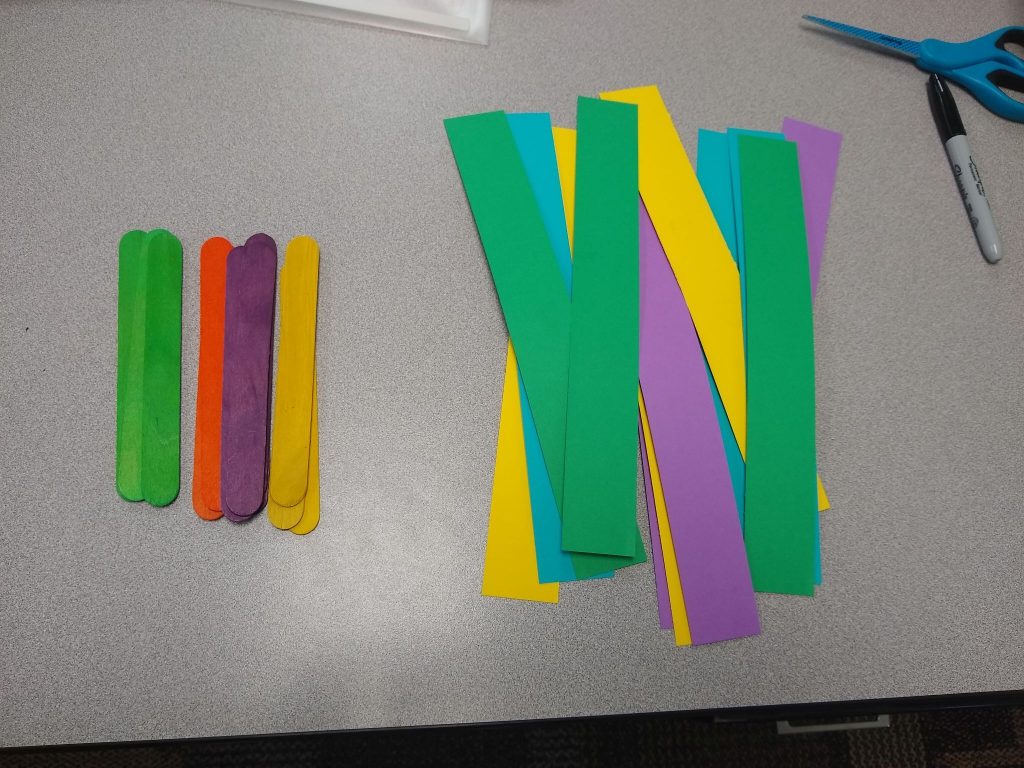
Groups will also need a set of directions for this team-building activity and a recording sheet.
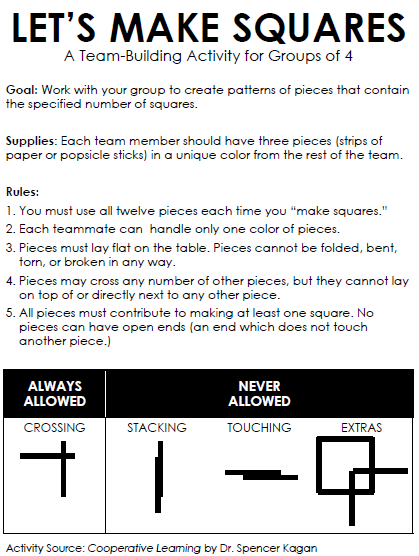
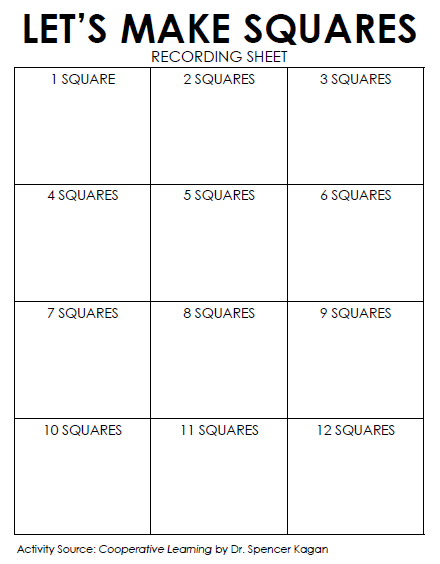
Each group gets a bag of popsicle sticks (or colored paper strips), a set of instructions, and a recording sheet.
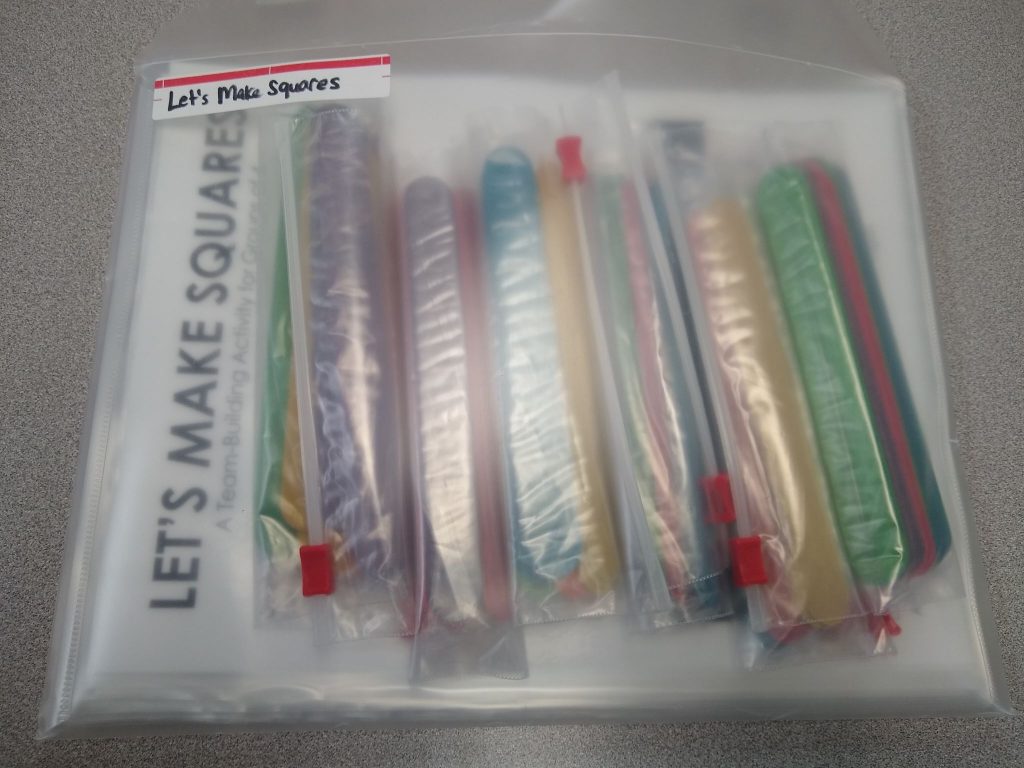
The recording sheet is my own addition to this activity. I decided I wanted a way for students to record their solutions as they found them instead of having to wait for me to check each of their solutions before moving on.
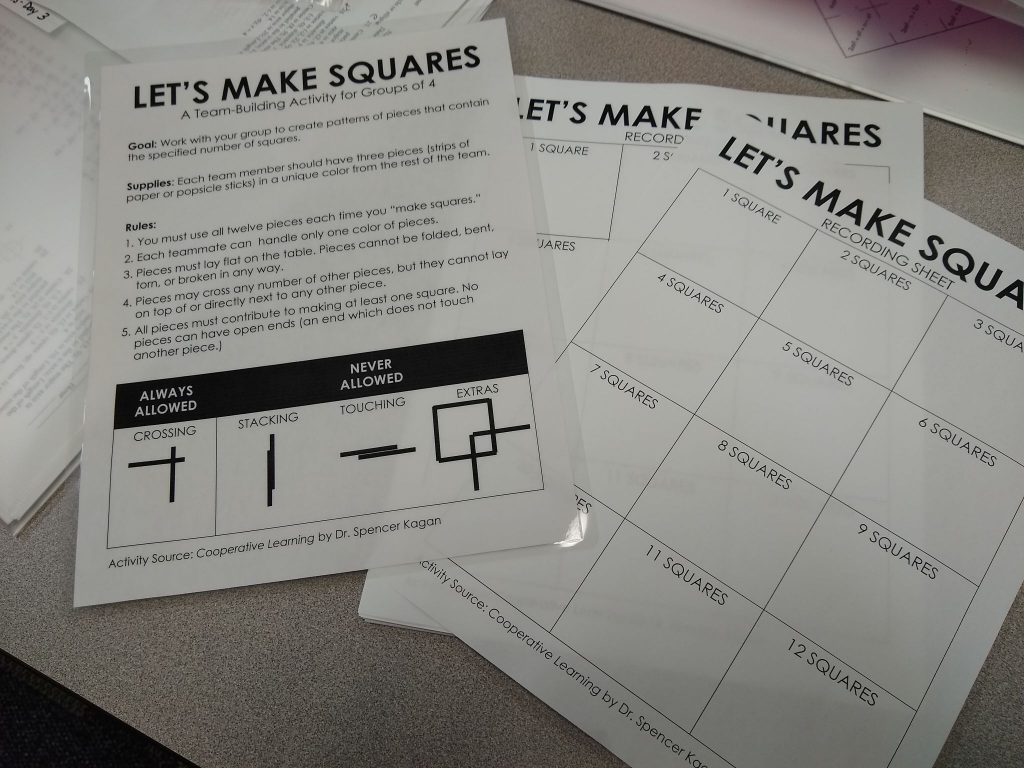
Plus, it gives students a way to keep track of which numbers of squares they have found and which ones they still need to find.
Instructions
Groups must work together to use all 12 sticks/strips to form various numbers of squares. Each teammate is only allowed to touch/move their color of sticks/strips. This encourages groups to work together and communicate as a group as they work through the various levels of the puzzle.
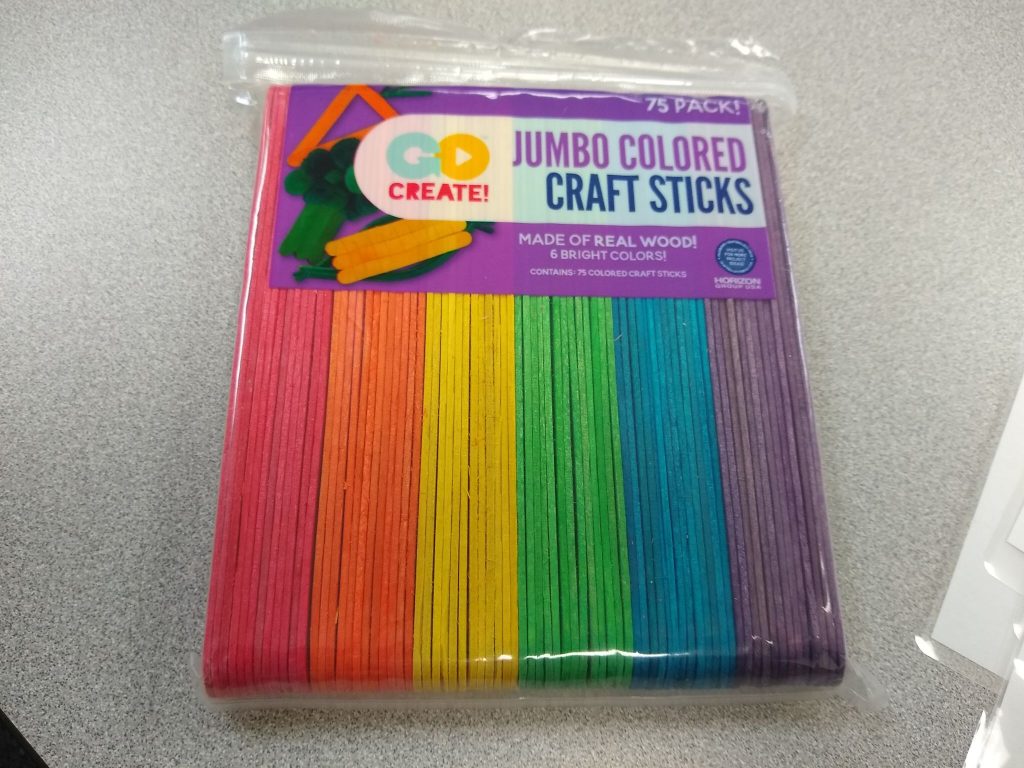
Pieces must lay flat on the table. They cannot be folded, bent, torn, or broken in any way. This is one of the reasons I chose to use colored popsicle sticks instead of colored paper.
I included a diagram of what moves are allowed/not allowed in the process of making squares on the direction page.

Sticks are always allowed to cross. They are never allowed to be stacked on top of one another or be arranged so sticks are touching one another along the long edge.
The hardest rule for students to follow is that “extras” are not allowed. This means that every stick must contribute to the making of squares.
All 12 puzzles have a solution!
Tips for Using this Activity in the Classroom
I cut some 11 inch strips from some colored cardstock to make a set of demonstration pieces to use with students on my dry erase board.
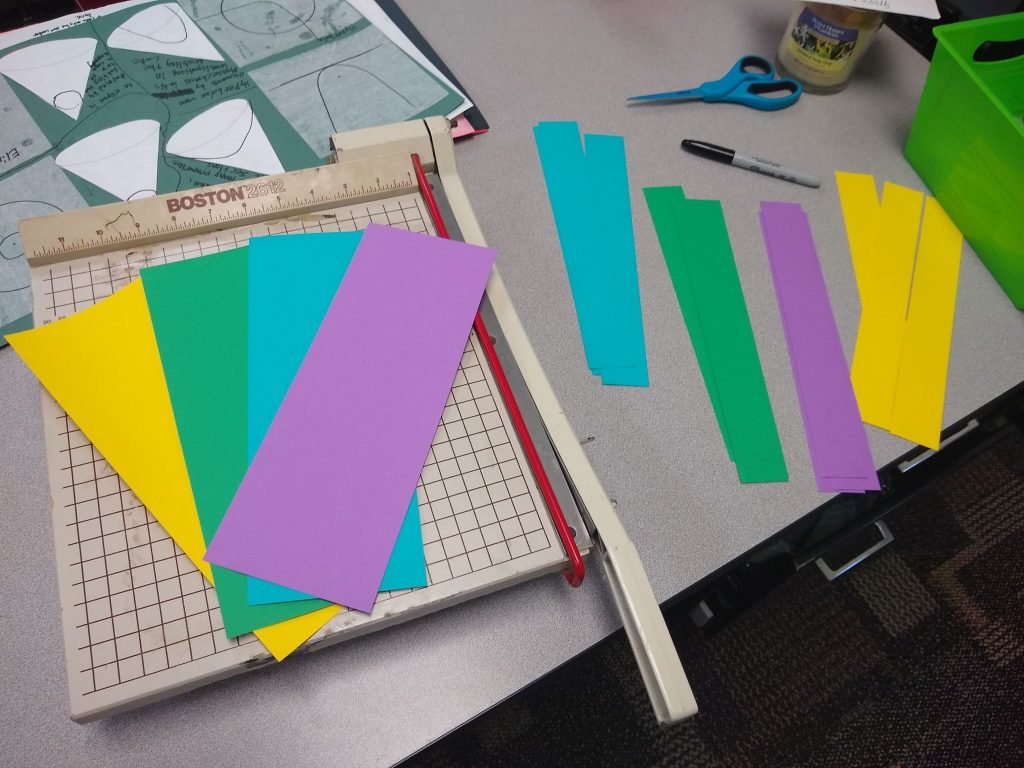
I added disc magnets to the back of each piece.
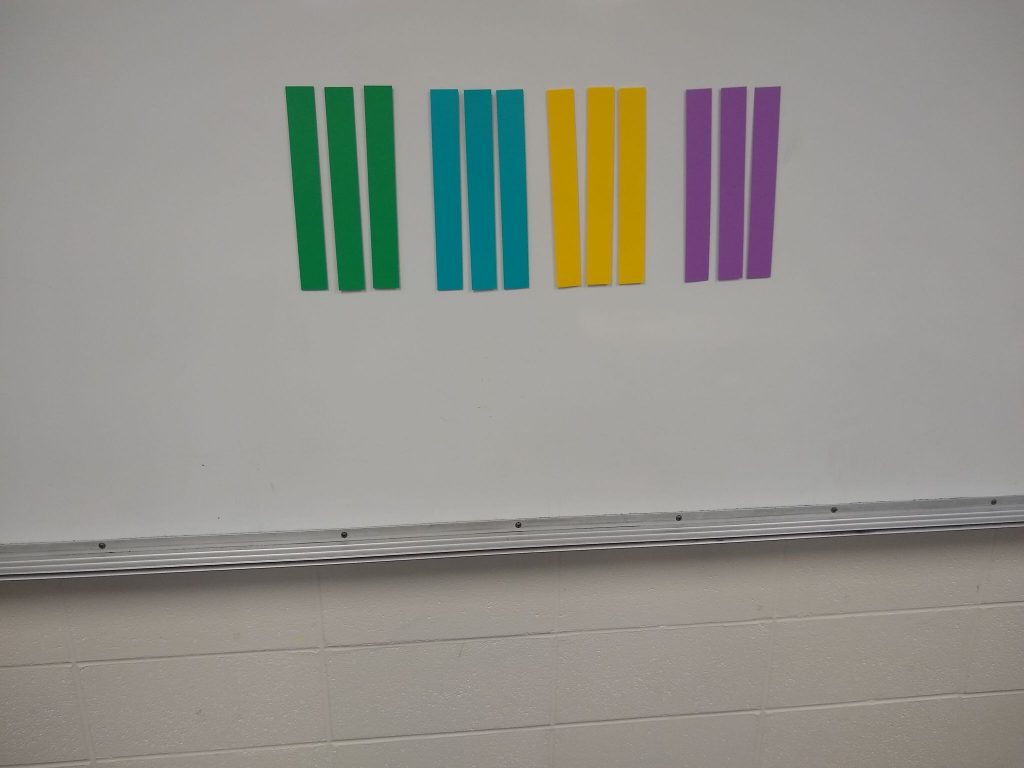
I show them that sticks are allowed to cross.
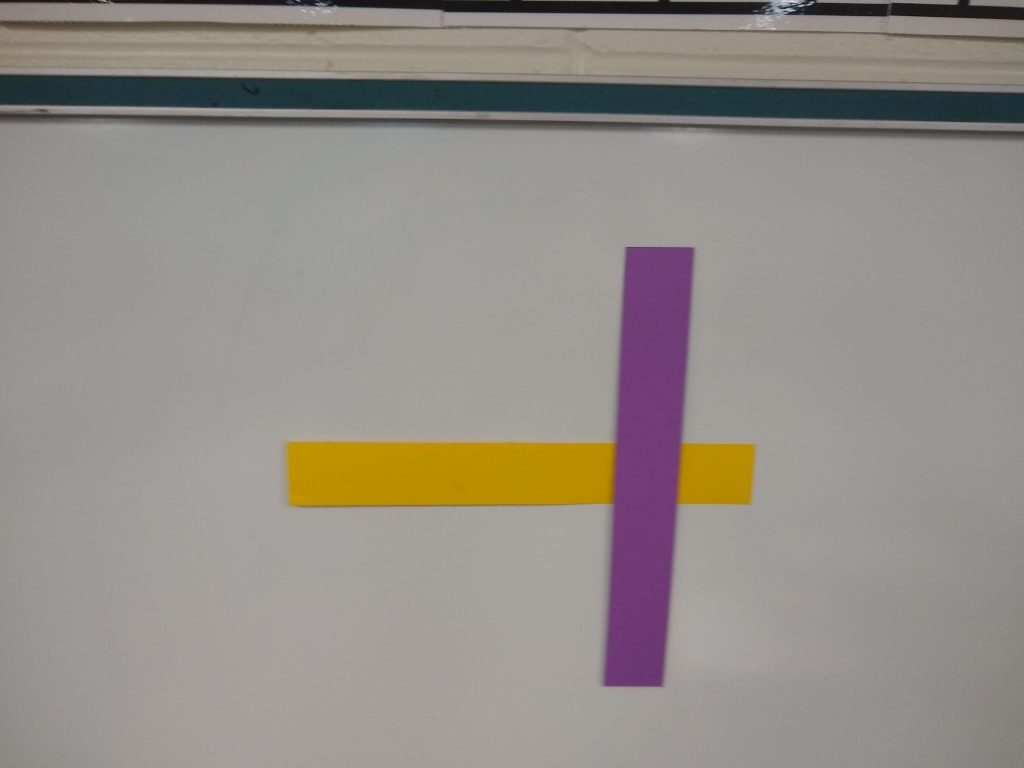
I also demonstrate the three actions that are not allowed.
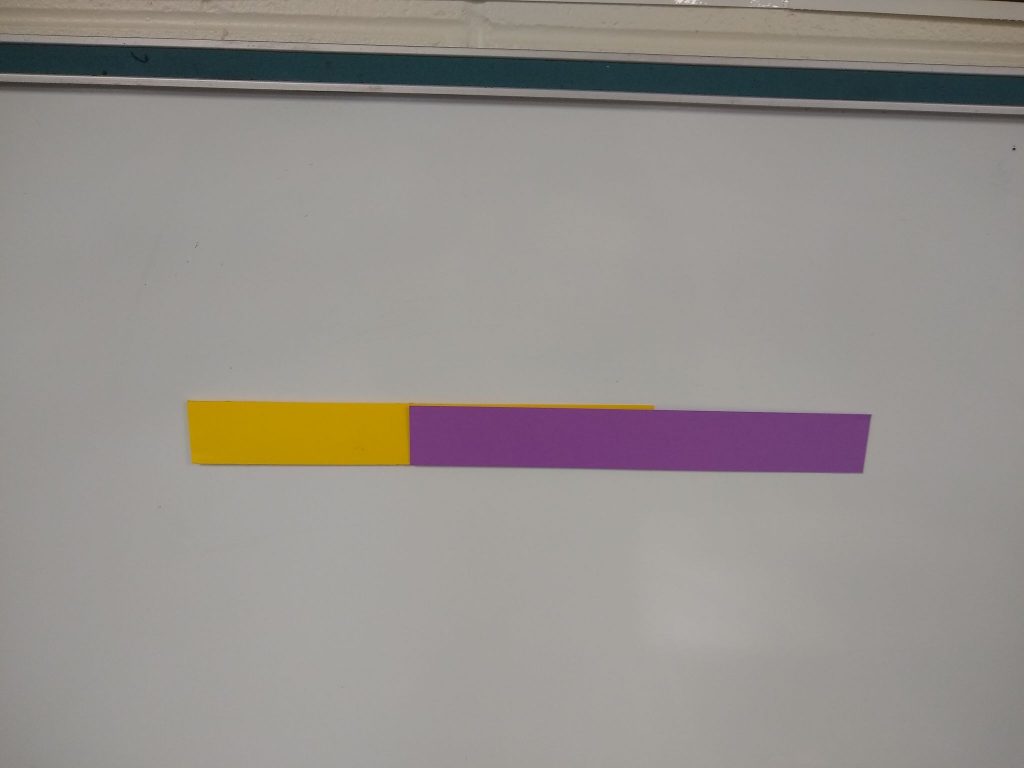
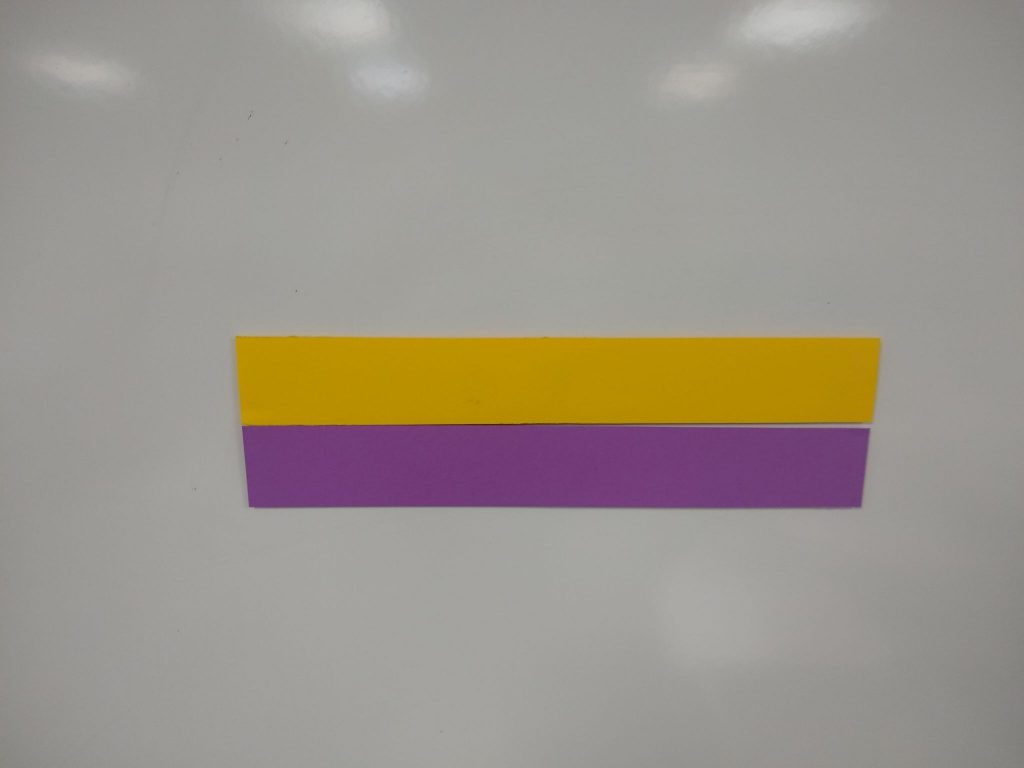
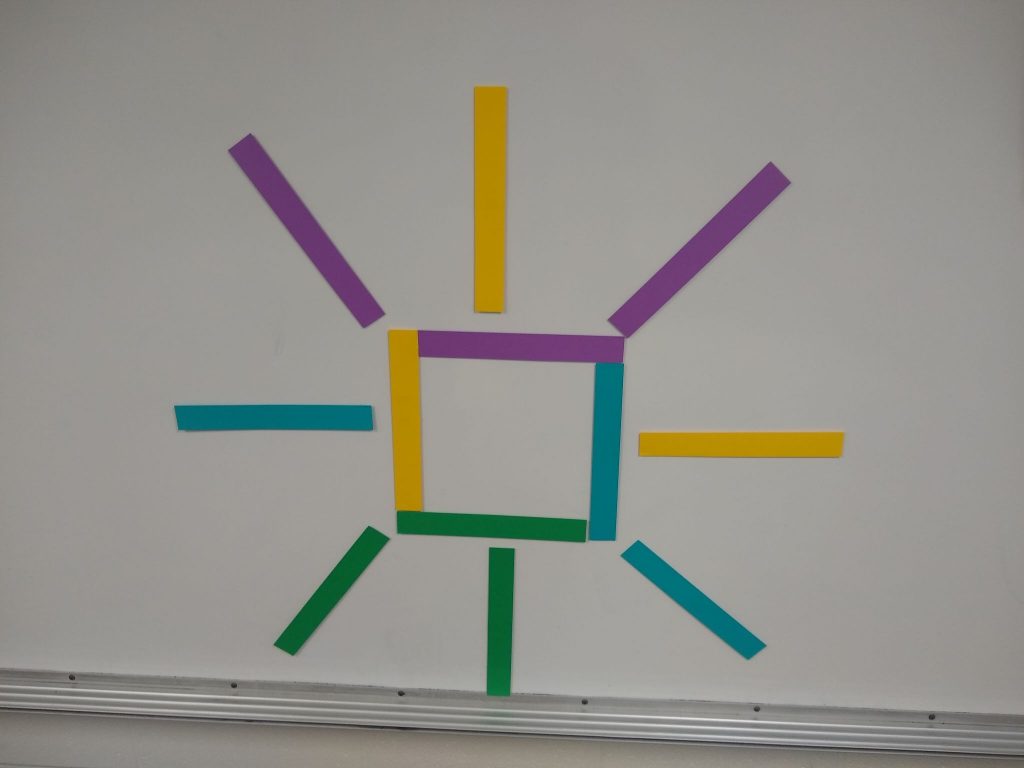
What this Activity looks like in Action
Still not sure what I mean about making squares? Check out some action shots I took when I tested this activity with my senior statistics students during the last bit of the school year.
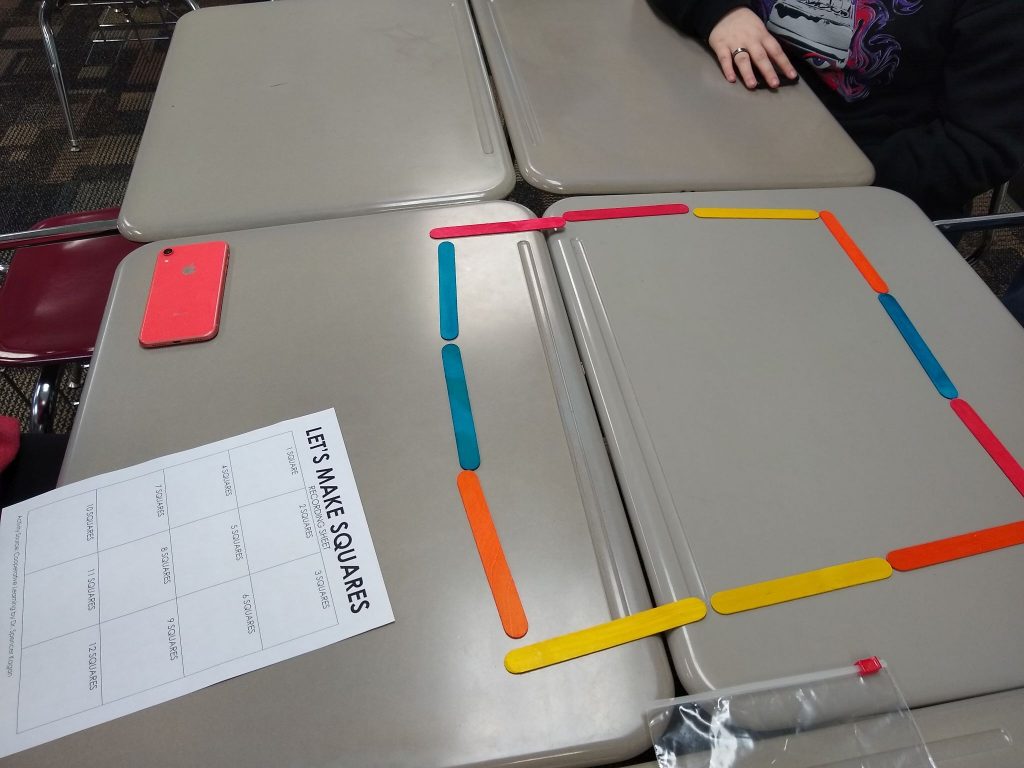
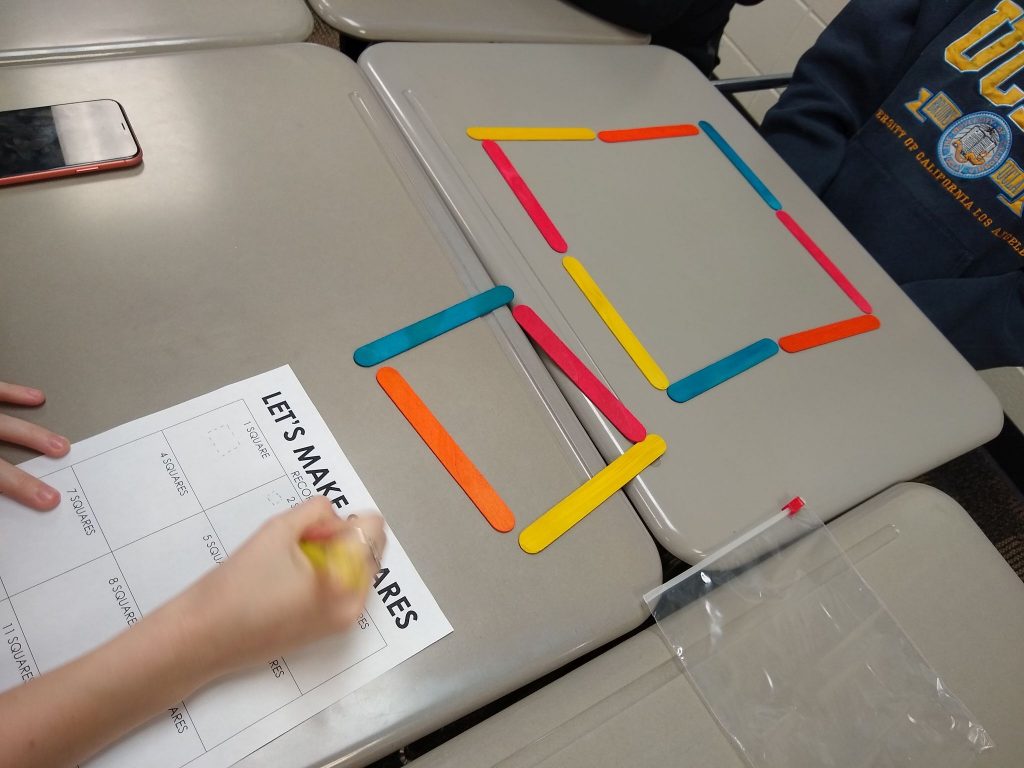
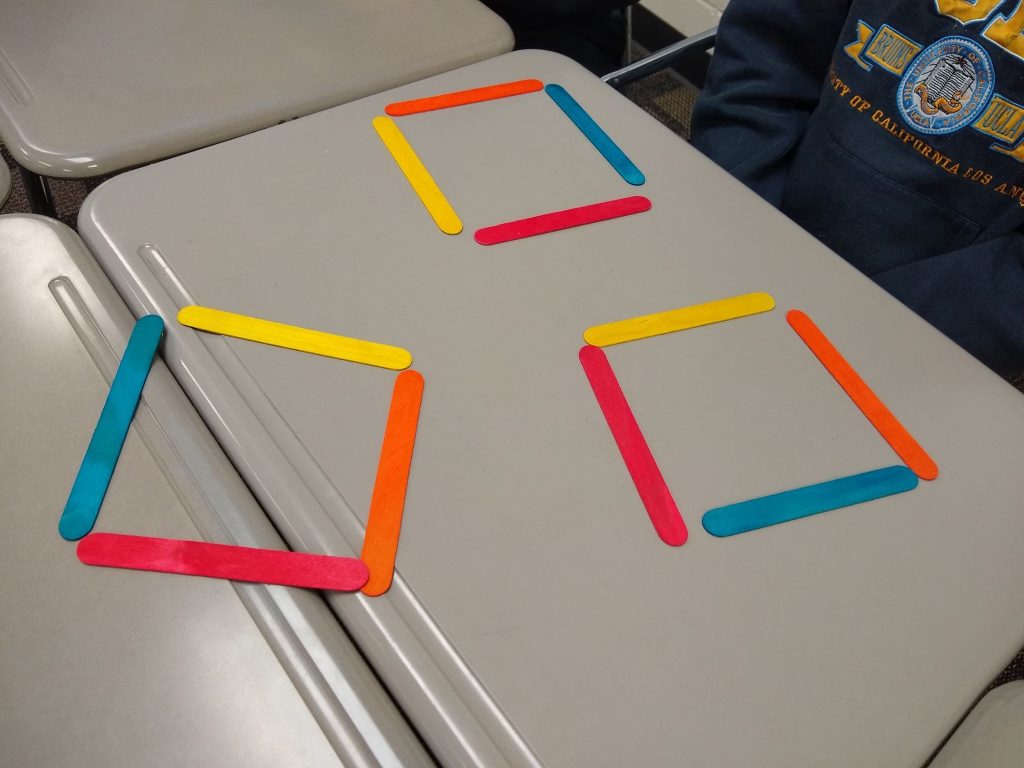
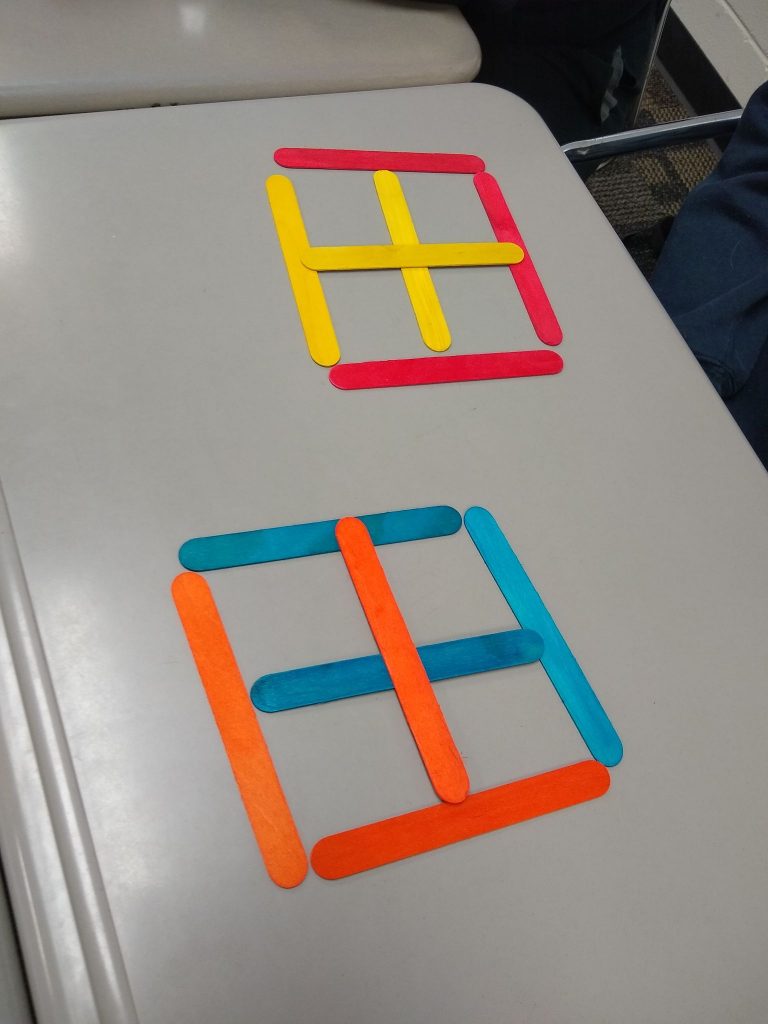
There was much debate over whether this next picture contained 4 or 5 squares! When students decided that it was actually 5 squares, this opened up an entire new window of possibilities for them.
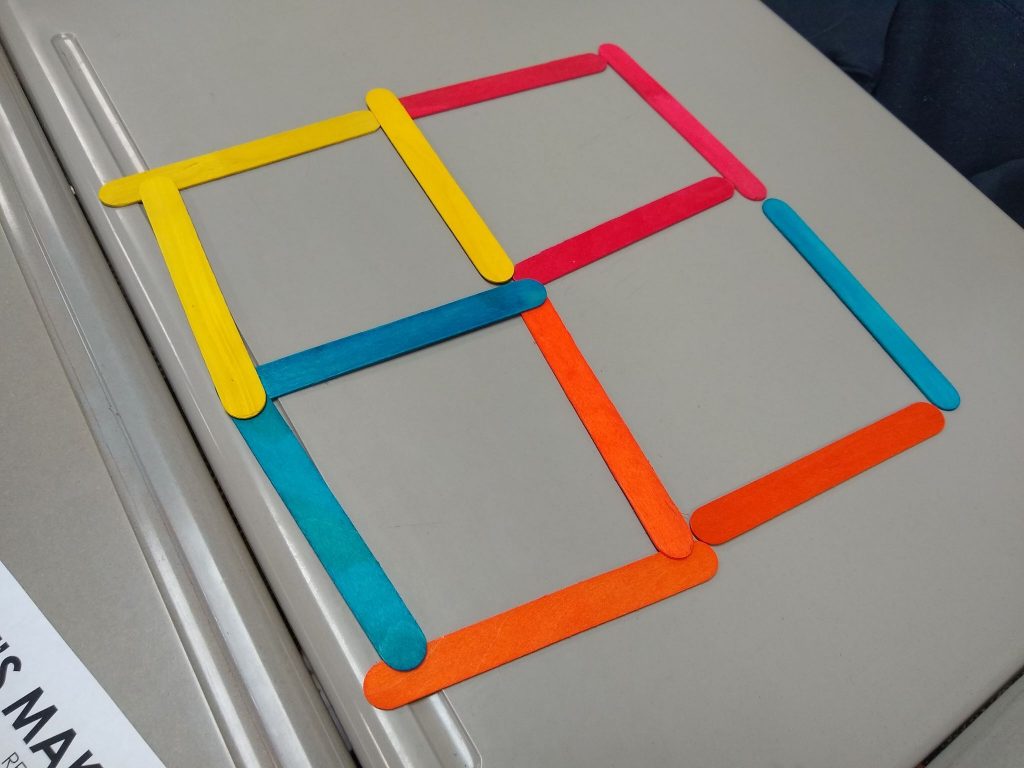
Realizing that they could also overlap squares was another huge realization.
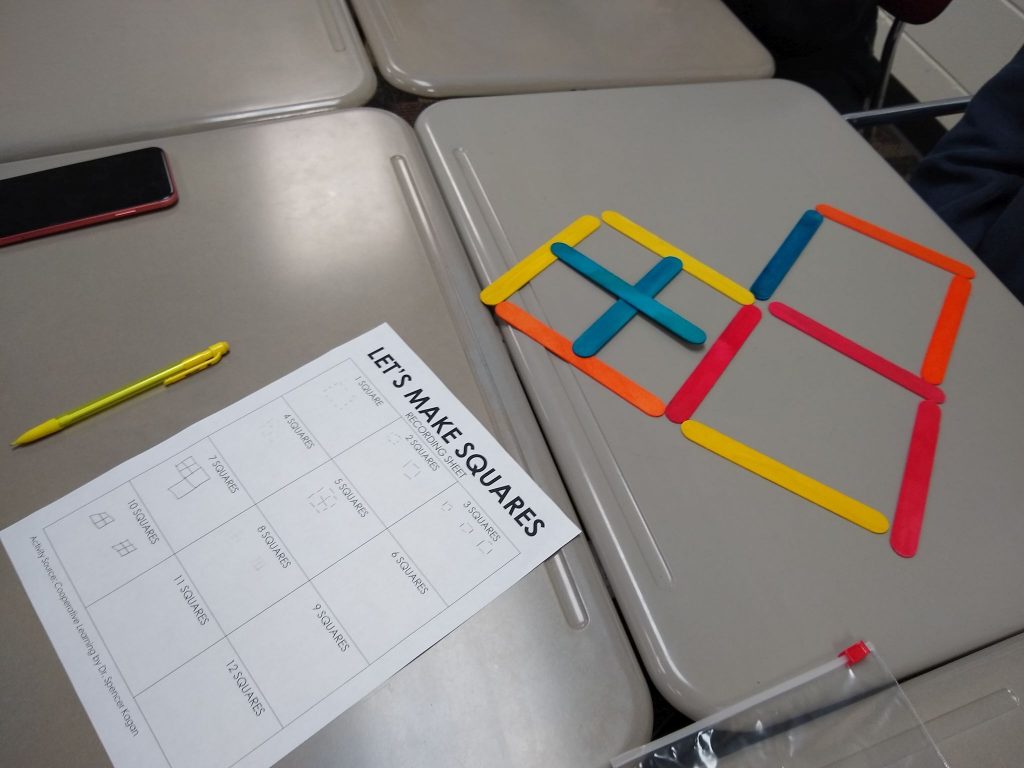
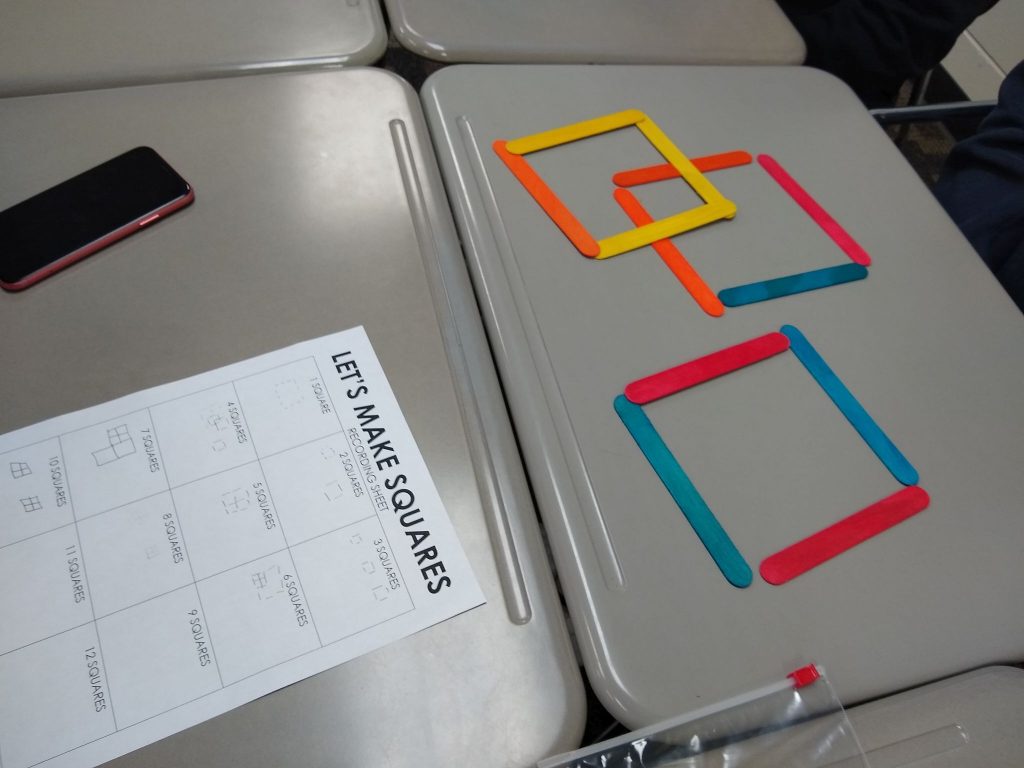
This Let’s Make Squares activity resulted in some great communication and collaboration. There were many exciting lightbulb moments to witness! I’m excited to use it as a first week of school activity with my students this coming year!
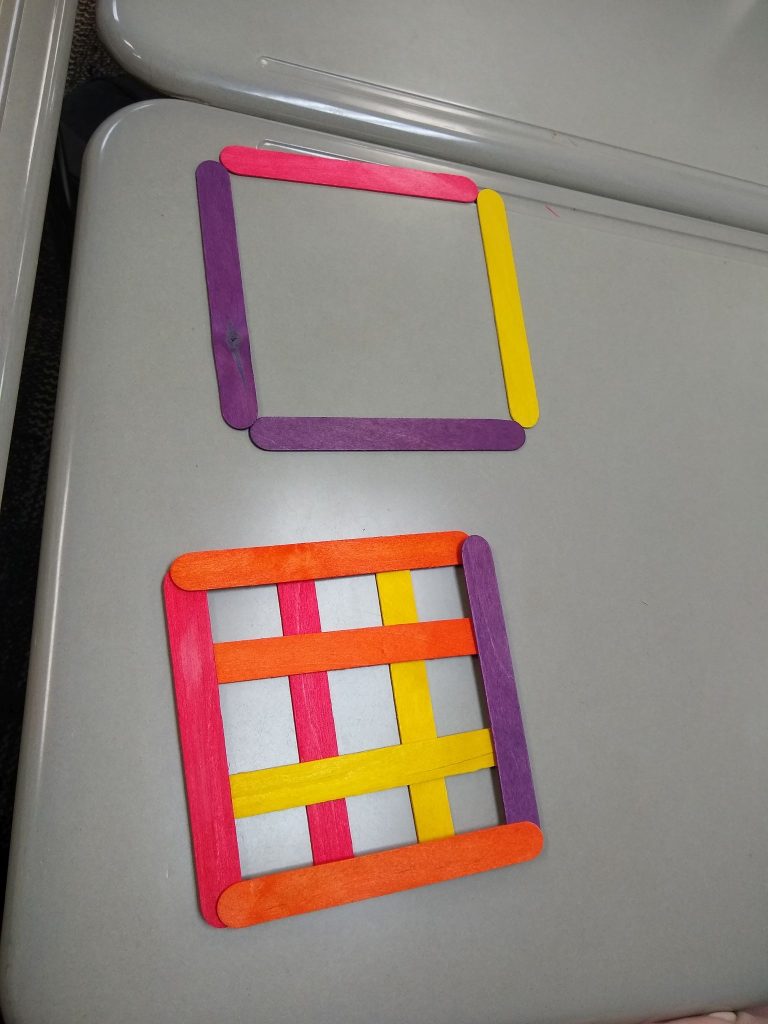
Activity Solutions
Activity and worksheet solutions are available on a password-protected solution page. I do not openly post the answer keys because one of my goals as a resource creator is to craft learning experiences for students that are non-google-able. I want teachers to be able to use these activities and resources in their classrooms without the solutions being found easily on the Internet.
Please email me at sarah@mathequalslove.net for the password to the answer key database featuring all of my printable puzzles and math worksheets. I frequently have students emailing me for the answer key, so please specify in your email what school you teach at and what subjects you teach. If you do not provide these details, I will not be able to send you the password.
Pin for Later
Not ready to use in your classroom just yet? Pin for later on Pinterest!
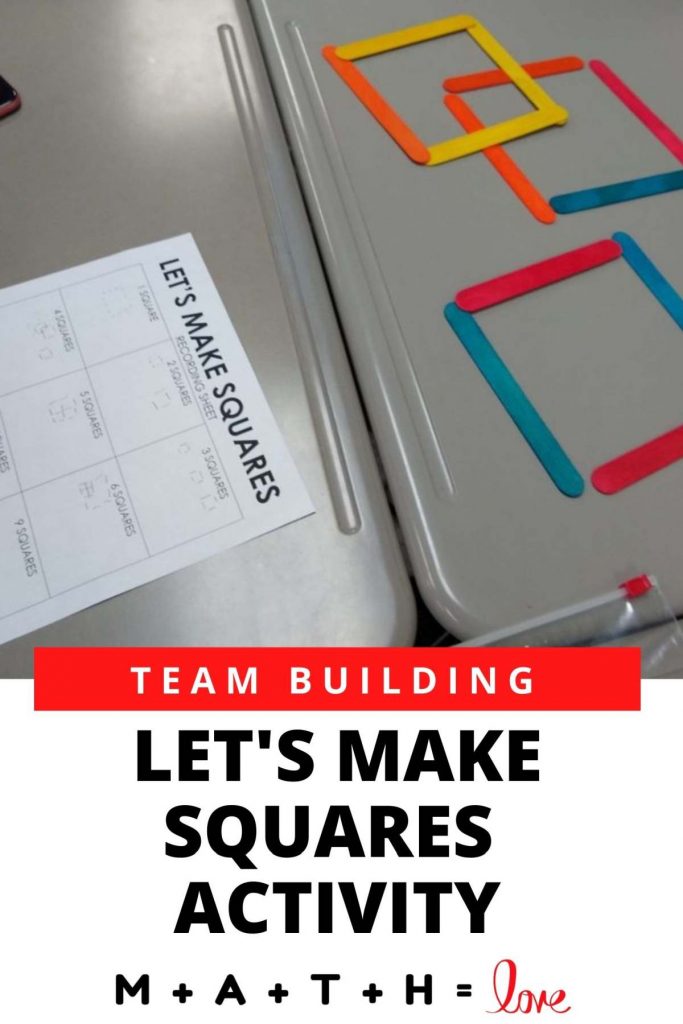

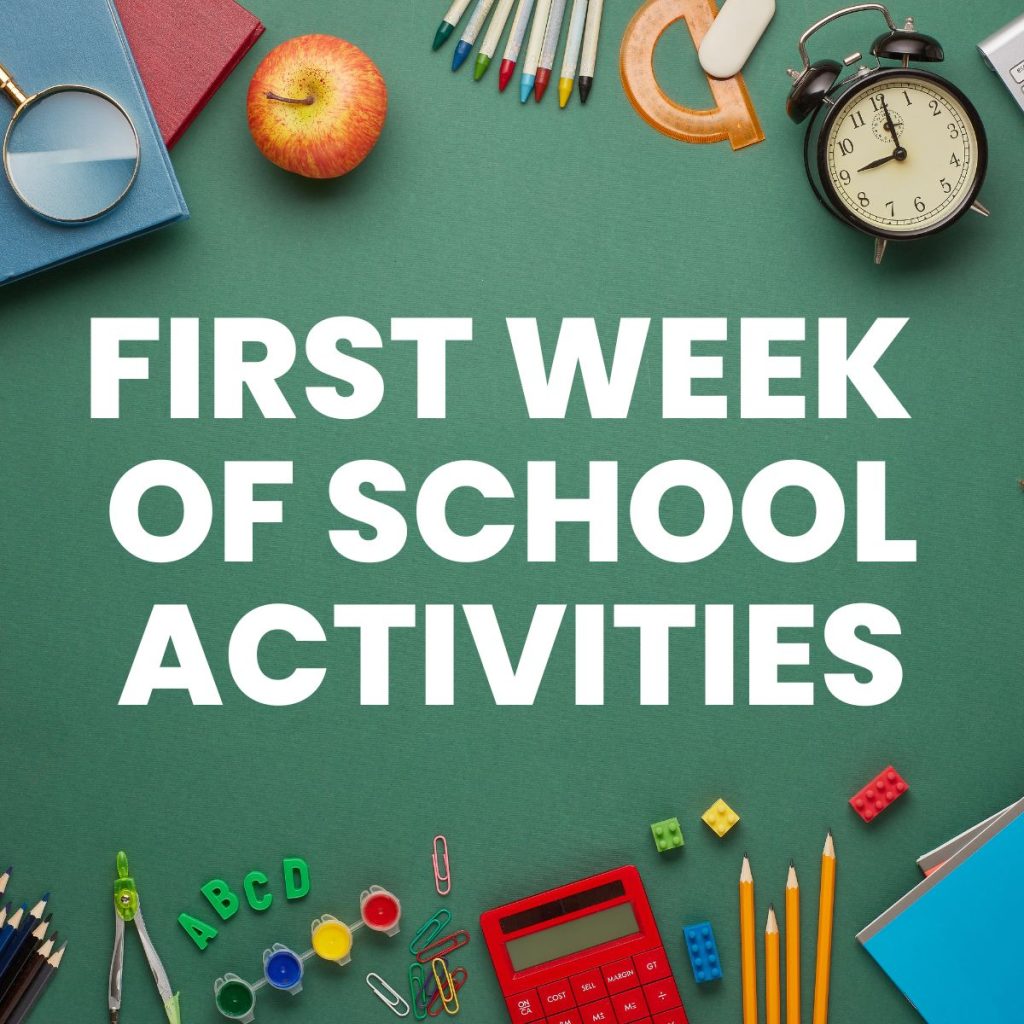

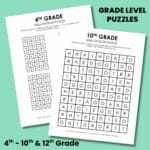

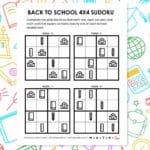

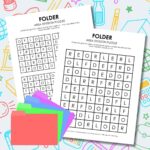
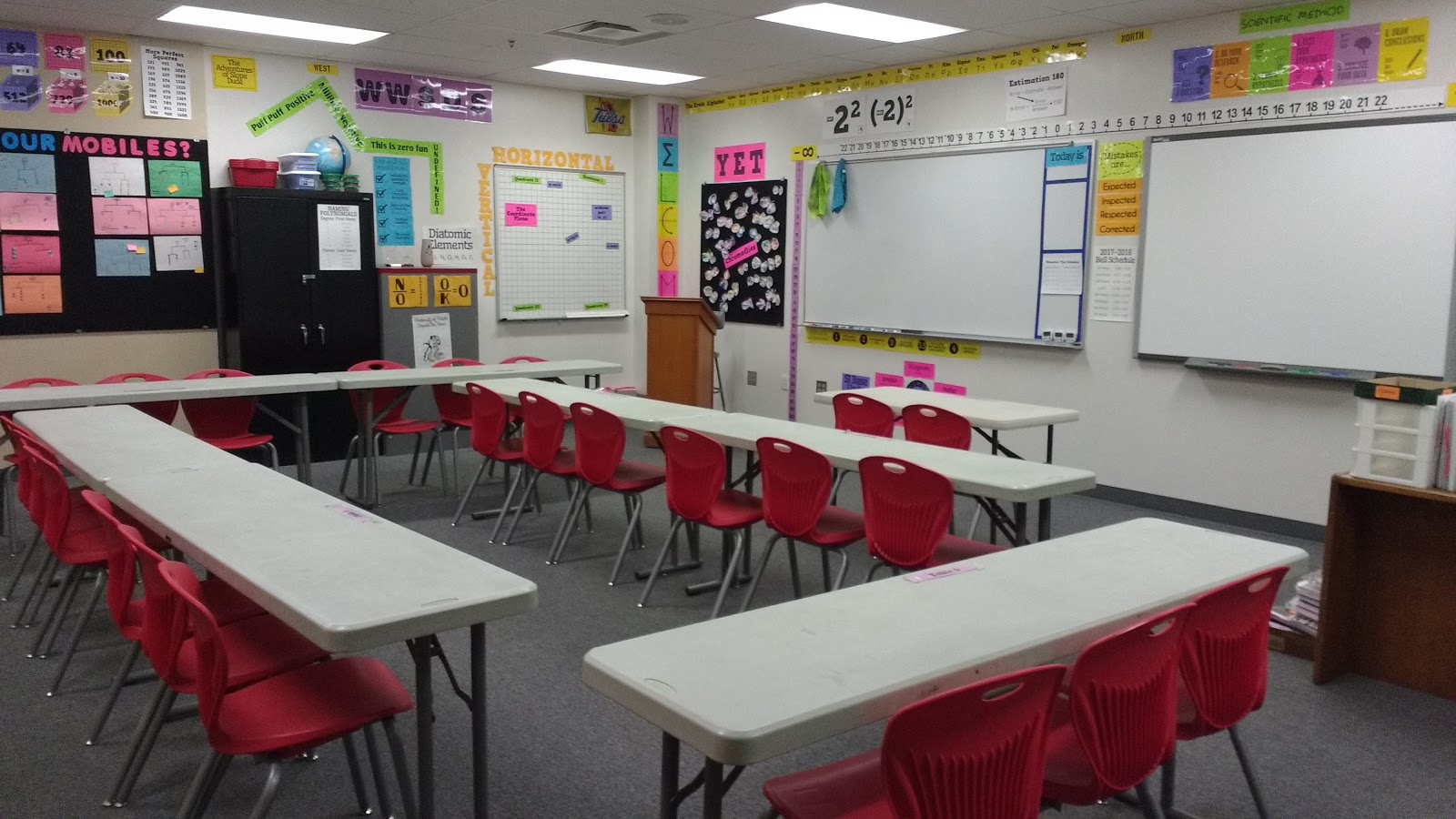
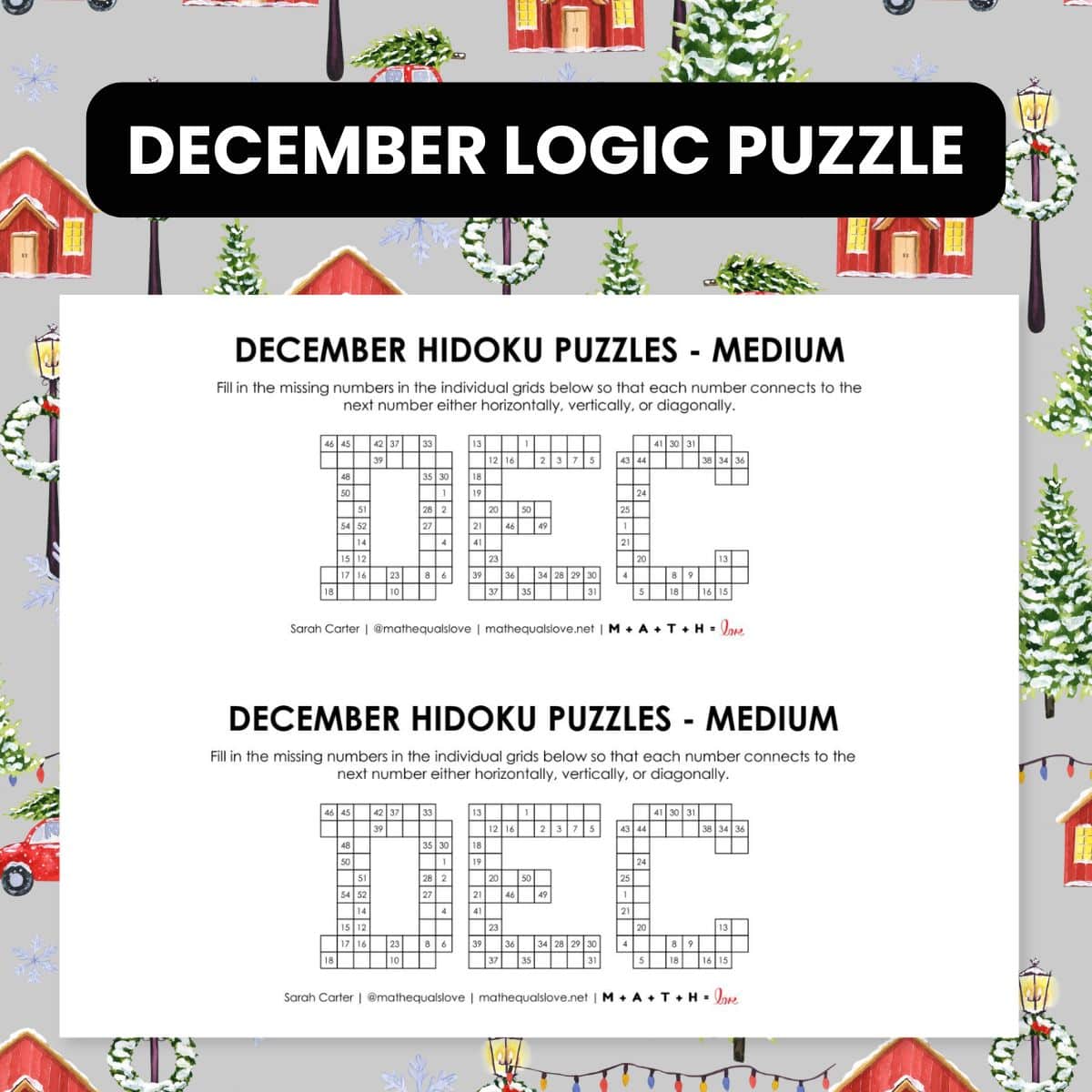
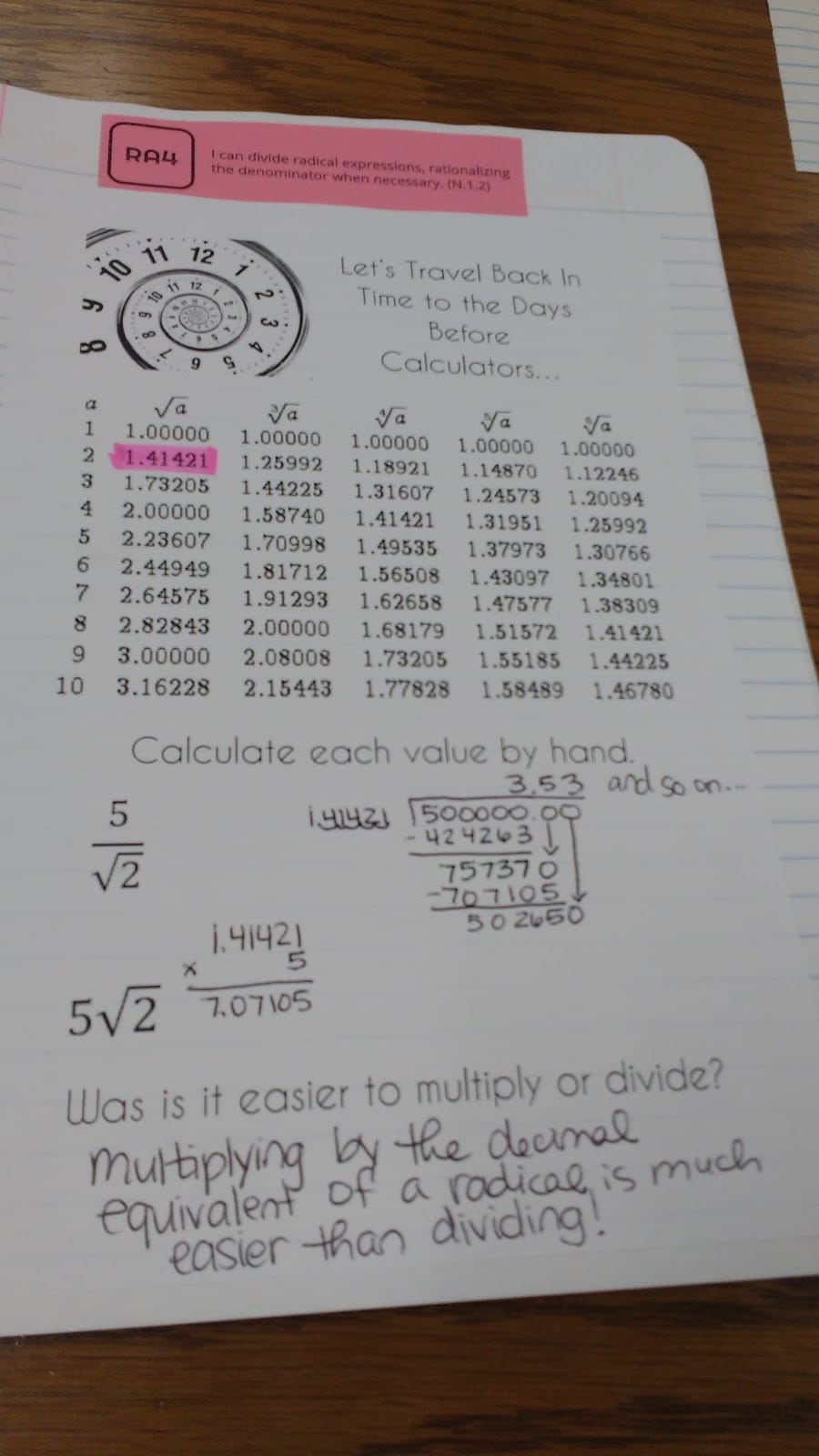
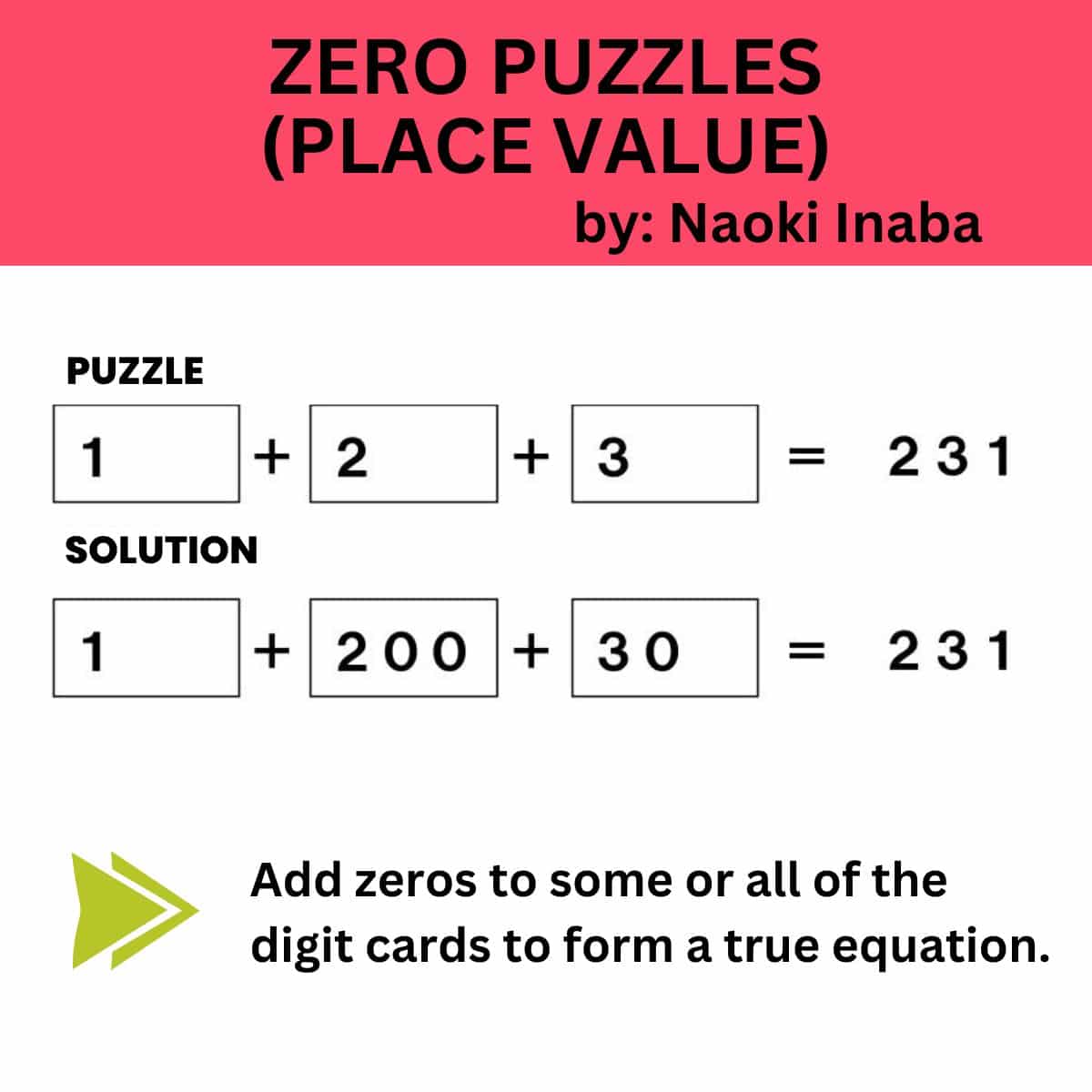
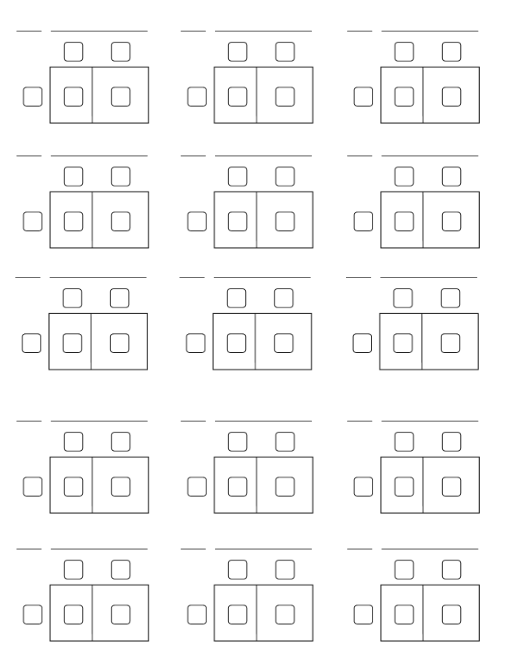
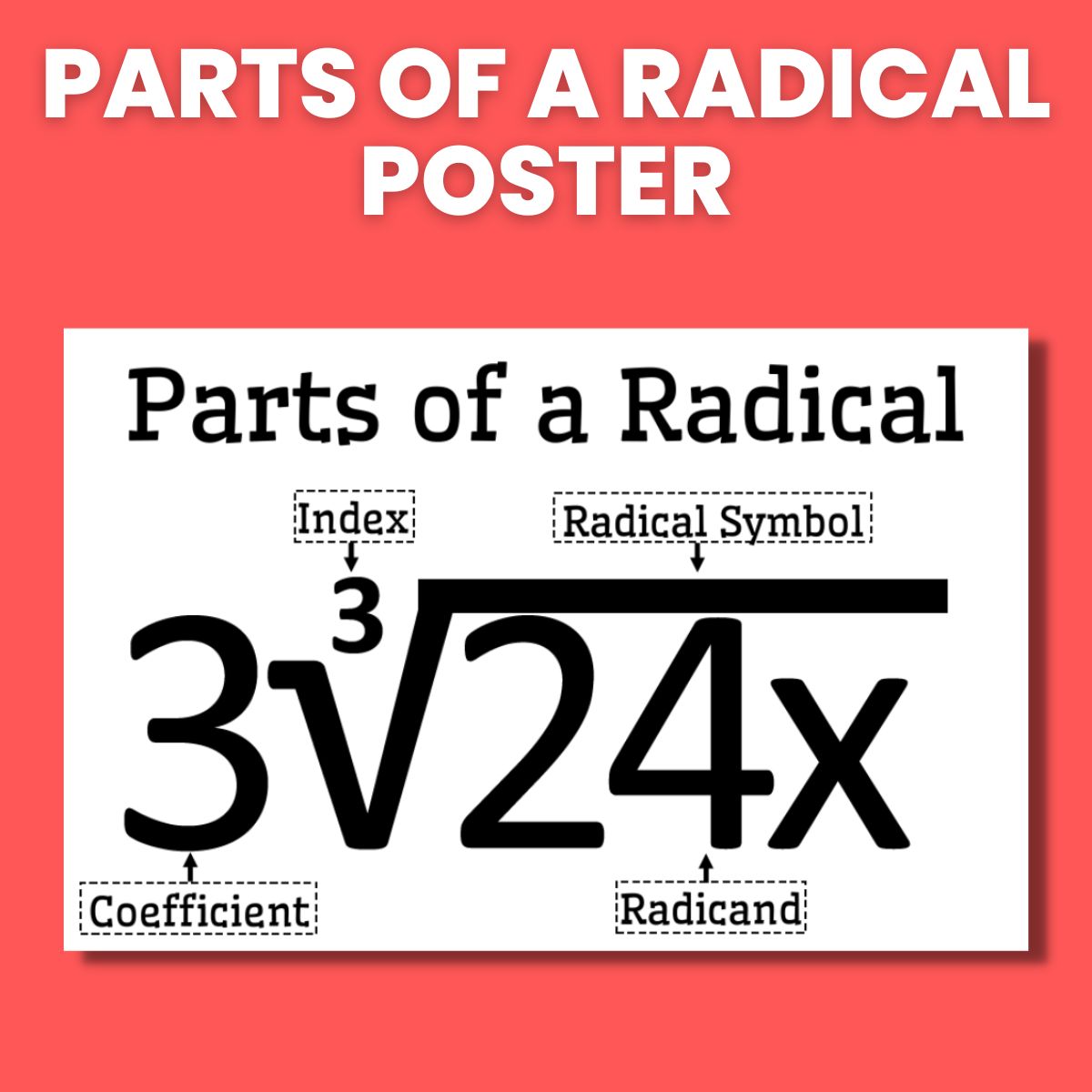
OK…Just making sure if they are all possible? If yes I will keep on brainstorming with the popsicle sticks
Yes, they are all possible!
Hi Sarah,
I am planning on doing this during week 1 this year. About how long do you estimate it would take for 7th graders?
20 minutes at a minimum. You could stretch it longer if you wanted to.
Thank you for this! I’m a new teacher and I very much want to use this activity with my students next week. A burning question I always have, with this and other activities: What if my class isn’t divisible by 4? In my class of 27, I would need to have one group of 3; I’m thinking that in that case it would be better to use just 3 colors of popsicle sticks and give each student 4 of the same color?
That’s exactly what I would do. Thankfully, the 12 sticks are divisible by 2, 3, and 4.
Wouldn’t it be perfect if our class sizes were always perfectly divisible and no one was every absent?!?
This sounds like a great activity. Are all 12 sets possible? Do your students generally find all 12?
All 12 sets are possible. Usually, my groups are able to find around 7-9 of the solutions in about 20-25 minutes.
Thanks for posting this great activity! My kiddos loved it. We are having a hard time to find 8 squares with those sticks. Has anyone got it in your class?
Sending you an email!
Is every one possible? I’m struggling finding some of the answers
They are all possible. Sending you an email!
I’m having a hard time finding some of the answers, can you send me the answers so I’m prepared for my students.
Sending you an email. I have also added the solutions to the downloads section.
9! Holy cow. This exercise was exactly what my quiet classes needed to learn to work together… 9 and 10th grade geometry. We are all baffled by 9. Any solutions out there?
Sending you an email!
Say my students make a “window” made out of a 2 x 2 square with the a vertical and horizontal divider in the middle. Do you count this as 4 squares or 5? I let me students decide and then said that rule must stay the same for all of their pictures. If they count the larger square window and the smaller 4 panes, then they must always include the larger square if they make other squares. How do you do it? Have you had anyone be successful with 12?
Sending you an email, Stephanie!
Can you send me an answer sheet, too?
Sending you an email. I have also posted it under the downloads section.
Hi do you have an answer sheet? I cannot for the life of me figure out 9 squares ha ha. Thanks in advanced.
Sending you an email, Jackie!
Love this. Thank you for sharing! Do you have an “answer key?”
Sent you an email!
We are struggling to find solutions for 8, 9, 11, and 12. Anyone willing to share their solutions?
We’re not allowed to work in groups this year, so I made a digital version! Feel free to use!
Standard (groups of 4): https://docs.google.com/presentation/d/1AkM2aztFo6AnMj7o-7yocWV-R4oyXg3cr2cU80XZcBA/copy
Group of 3: https://docs.google.com/presentation/d/1S4O3VQqw6GarWw9xyM8ZqqSejGYennXYuzp6gVFO26g/copy
Group of 5: https://docs.google.com/presentation/d/1U5GMttcghiOLG19aNkELkjNQG_ydy-j9gX7zgH2lU0c/copy
Thanks for sharing, Jessica!
I tried to make the 8-9-11-12 square but I was not able to do it. Do you have a solution for these square?
Email sent!
Would I be able to get the solutions as well?
bkelly@stfrancisclearfield.org
Emailed!
Hi- I love this activity! Thank you for sharing! Would you mind sending me your solutions? There are a couple I’m stuck on. 🙂
Sending you an email! I also added the solutions to the downloads section.
I am so excited to use this with my students next week! Could I get a copy of the solutions emailed to me please?
I just emailed them! I also uploaded them to the downloads section.
May I also receive the solutions please?
Sending you an email, Brad. I have also added the solutions to the downloads section.
Can you send to me also? Thanks!
Just sent you an email, Lorie!
Hi and thank you for this activity. Any chance you can provide the solutions? Thank you.
Email sent!
Hi Sarah. Do you have the solutions to all 12 squares? I would love to see how you figured out 8, 9 and 12. The struggle is real lol. Thanks alot.
neuberger@celeryville.org
Lori Neuberger
Just emailed you, Lori! Some of them are tricky!
Hi. Will you send the solutions to me, too? Thanks!
Emailed!
Please! May i have the solutions? We are struggling with 9.
Sending you the solutions via email. I have also added them to the downloads section.
Hi Sarah, would you be able to email the solutions?
Thanks, I.m excited to use this with my classes
Emailed!
This is such a great activity! I am definitely hoping to try it during our first week. If possible, could you email me the solutions? I am gathering up the materials to try it out myself, but there are a few I am not sure how to. Thank you for your help and for sharing this fun, hands on activity!
Emailed!
Would you be willing to share the answers? 8,9, and 12 have me stumped. Thanks!
Emailed!
Hi Sarah! thank you so much for sharing this! Would you be able to email me solutions to 8, 9, and 12? I’m having a hard time coming up with them. Thank you in advance!
hannahruedy2@gmail.com
Emailed!
Hi Sarah, Will you please share the solutions. Thanks.
Email sent! I have also added the solutions to the bottom of this post!